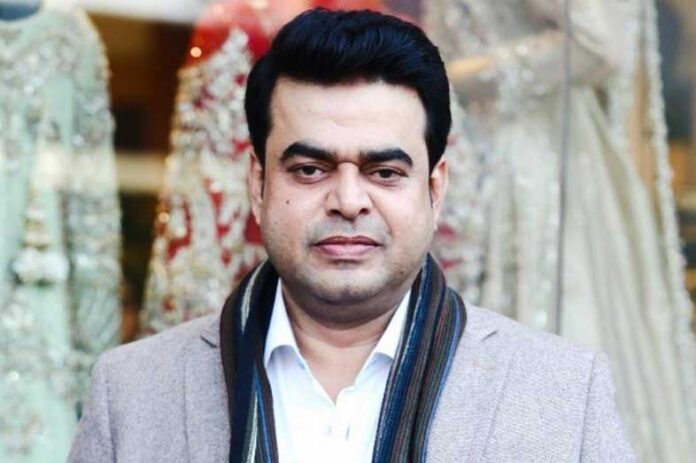Pakistani fashion is an exquisite blend of vibrant colours, intricate
embellishments, and a rich cultural heritage. My operational team
is synchronised with my ideology of innovations, says Moazzam
TFD Report
KARACHI: The Doab continued to suffer continuous Mongol occupation towards the end of the 13th century. The region (present-day Pakistan) was sacked as early as 1303. Fast forward to the 16th century, the Mughals have seized control and ruled most of India and Pakistan. The Mughals (who are Muslims of Turkic-Mongol origin) consolidated Islam in South Asia. But along with spreading their faith, the Mughals also spread their incredible Persian arts and culture.
This cultural influence can easily be seen today with the majority of Pakistani clothing being a fusion of traditional and Mughal cultures. The Mughal era in South Asia is perhaps the single most influential era in the history of Pakistani fashion. This can be seen in the contemporary costumes of Pakistan from the Pakistani Shalwar Kameez which is the national dress, to the lehenga, turban, churidar pajamas, pishwas, etc.
Moazzam Khan says, “It is significant to understand that the Subcontinent’s historic traditional and cultural values bind us to stay indulged in fashion development.”
Over the years, Pakistani designers have carved a niche in the global fashion arena, mesmerising the world with their unique creations that reflect the essence of Pakistani culture and traditions. From stunning bridal ensembles to chic contemporary wear, these designers have redefined the fashion landscape, earning acclaim and recognition on an international level.
Moazzam Khan says “Apparel sector has the biggest share in the fashion industry of the country, having a clear comparative advantage over other fashion products. Although the textile sector has 60 percent share in exports while the share of readymade garments in total exports is almost 40 percent, making Pakistan 8th largest textile product exporter in Asia, but, the manufacturing of exportable textile products is largely dependent on the import component, which increased by 82 percent.”
He said, “Pakistan has a very comprehensive textiles and apparel policy (2020-25) that stresses enhancing domestic and foreign investment in the apparel sector with innovative production methods. But due to a lack of innovation and technology transfer after years of import of machinery and other related import components, many textile firms are being operated on obsolete production technologies due to the virtually almost nonexistent local textile engineering sector.
The fashion market acquires its products through three different channels i.e., first type is the domestic production, second is the direct imports of the finished products from other countries. These imported products have the least variation as their production units are the same which makes the product as per demand of their profit centric business client who rarely considers the in-house consumer requirements.
The third type gaining popularity is the drop-shipping by individual consumers and now even big fashion brands are opting it because settling a production unit in Pakistan is a big hassle. However I’m not in favour of drop-shipping because of religious values.”
“Along with apparel, it is high time to tap the economic potential of the other components of the fashion industry like colour cosmetics and skin care products, shoes, and bags. Exports need to be diversified by considering other fashion products. An unorganised footwear industry should be promoted by vertical integration and attracting more foreign direct investment and for skin care and colour cosmetics a cottage industry can be established by training the local labour force and for this purpose government training institutes can take the lead. But for this, a necessary condition is to make technology transfer easier and a sufficient condition is creating an environment of ease of doing business in Pakistan, Moazzam Khan, a senior expert of the Pakistan fashion industry tells The Financial Daily.





